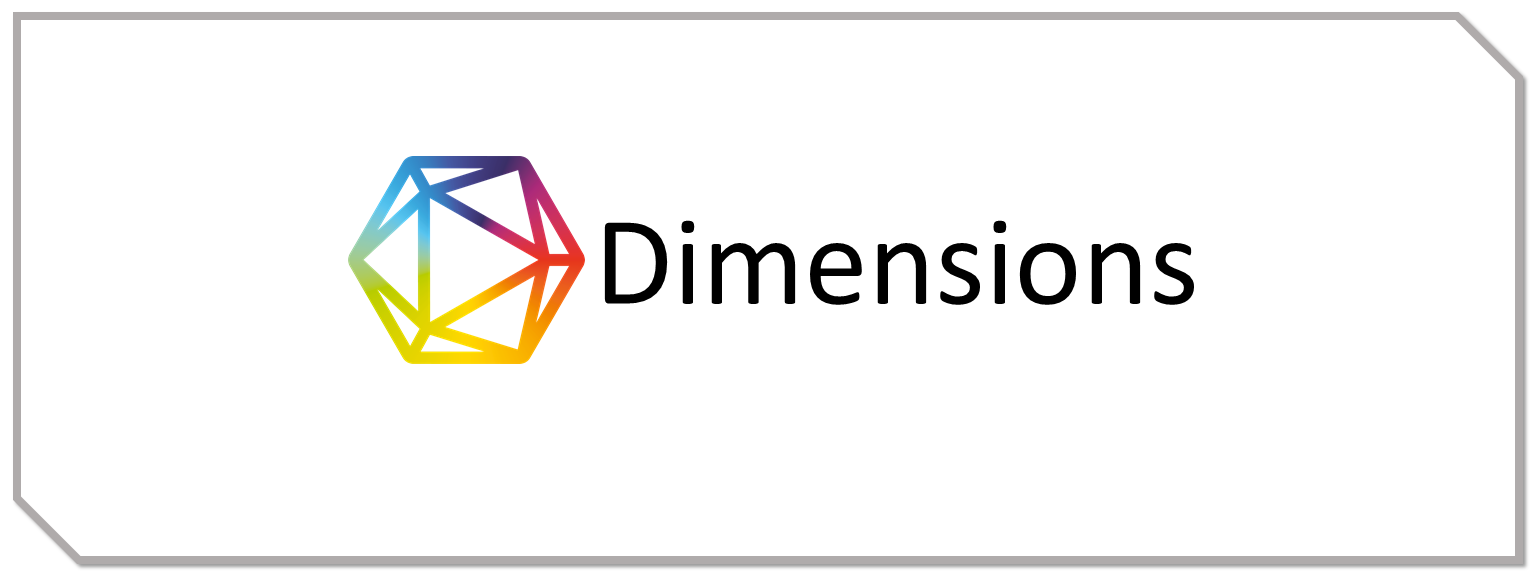ANALISIS MODEL PASAR OLIGOPOLI DAN STRATEGI PADA INDUSTRI LAYANAN TELEKOMUNIKASI DI INDONESIA
DOI:
https://doi.org/10.61722/jiem.v2i12.3278Keywords:
Oligopoly, Strategy, TelecommunicationsAbstract
An analysis of the oligopoly market model and strategies applied in the telecommunications services industry in Indonesia, which has undergone significant transformation since market liberalization in the 1990s. This study finds that the Indonesian telecommunications market is dominated by several large companies, such as Telkomsel, Indosat, XL Axiata, and Smartfren, which have substantial market power. The high market concentration creates significant barriers to entry for new companies, thereby strengthening the position of existing companies and creating complex competitive dynamics. The findings suggest that the Bertrand oligopoly model is highly relevant in this context, where price competition is one of the main strategies used by operators to attract customers. Although price competition provides benefits to consumers, challenges in terms of regulation and operational efficiency remain, which require attention from policy makers. In addition, product and service innovation, such as the development of 4G and 5G networks, is a major focus for companies to improve customer experience and maintain market share. This article also highlights the importance of collaboration in the development of telecommunications infrastructure, despite the existence of intense competition. The results of this study are expected to provide valuable insights for industry players and policy makers in formulating more effective and sustainable strategies, as well as creating an inclusive and competitive telecommunications ecosystem in Indonesia.
References
Amalia, E. (2015). Kajian Penerapan Porter’ s Generic Strategies di Industri Telekomunikasi Indonesia (Studi Kasus: Telkomsel, Xl dan Indosat). Jurnal Ilmiah Teknologi Informasi Terapan, II(1), 33–44.
Ariyanto, S. (2024). Analisis Profit Margin Perusahaan operator telekomunikasi pada pasar oligopoly. Jurnal Ekonomi KIAT, 35(1), 57–72.
Aziz, A. (2015). Strategi Persaingan Operator Telekomunikasi Seluler. Jurnal Buletin Pos Dan Telekomunikas, 13(1), 23–36. https://doi.org/10.17933/bpostel.2015.130102
Azizah, A., & Adawia, P. R. (2017). Analisis Structure Conduct Performance Pada PT. Telekomunikasi Indonesia, Tbk. Jurnal Ekonomi Dan Manajemen Akademi Bina Sarana Informatika, XV(1), 17–26.
Badollah, Y. A. I. (2024). Pengaruh kinerja keuangan terhadap nilai perusahaan pada industri infrastruktur telekomunikasi. Jurnal Ekonomi Manajemen Akuntansi, 2(2), 249–262.
Bhakti, R. T. A. (2015). Analisis yuridis dampak terjadinya pasar oligopoli bagi persaingan usaha maupun konsumen di indonesia. Jurnal Cahaya Keadilan, 3(2), 64–78.
Bonire, G., & Gbenga-ilori, A. (2021). Towards artificial intelligence-based reduction of greenhouse gas emissions in the telecommunications industry. International Journal of Educational Research, 12(e00823), 1–14. https://doi.org/10.1016/j.sciaf.2021.e00823
Brito, D., & Vasconcelos, H. (2023). Competitive effects of mergers and of spectrum divestment remedies in mobile telecommunication markets. International Journal of Educational Research, 47(10), 102626. https://doi.org/10.1016/j.telpol.2023.102626
Cahyana, A. (2021). Pasar Telekomunikasi Seluler dan Bantuan Kuota Internet pada Masa Pandemi Covid-19 : Tinjauan Ekonomi Kebijakan. Jurnal Multidisipliner Mahasiswa Pascasarjana Indonesia, 2(2), 14–28.
Damiri, D. M. (2017). Analisis persaingan tarif antara telkomsel dan indosat di industri telekomunikasi. Jurnal Sekretaris & Administrasi Bisnis, I(1), 27–33.
Dharmajaya, M. A., Isnan, M., Ikhwan, N., & Syahiddinillah, F. (2024). Implikasi Ekonomi UU Telekomunikasi Nomor 36 Tahun 1999 dan Ekosistem Komunikasi Digital. WACANA: Jurnal Ilmiah Ilmu Komunikasi, 23(1), 132–141. https://doi.org/10.32509/wacana.v23i1.3643
Effendi, S. A. (2024). Telekomunikasi dalam Mendukung Transformasi Digital Nasional Kondisi Inovasi Daerah Tahun Dampak Penundaan Pemilu 2024 Terhadap Stabilitas Keamanan. Jurnal Politik Dan Keamanan Budget Issue Brief, 02(5), 1–6.
Ferdyan, Juniyati, L., Tampubolon, M. O., & Noviyanti, I. (2024). Analisis SWOT sebagai Strategi dalam Menghadapi Kompetisi Pasar : Studi Literature pada PT Telekomunikasi. ProBusiness: Management Journal, 15(3), 438–445.
Gomez, J., Perez-Aradros, B., & Salazar, I. (2022). How to beat early movers : The role of competitive strategy and industry dynamism on followers performance in the telecommunications industry. International Journal of Educational Research, 55(August), 1–21.
Ma, J., Ning, N., & Wang, Z. (2022). Analysis of Dynamic game with government subsidy in the telecommunication industry. International Journal of Educational Research, 55(10), 2103–2108. https://doi.org/10.1016/j.ifacol.2022.10.018
Maharani, D. A., Ananda, F., Ihwanudin, C., Nurasyhari, M., Andini, & Suriyanti. (2024). Strategi Persaingan Di Pasar Oligopoli. Jurnal Bahasa Indonesia, 02(01), 36–48.
Maharani, D. A., & Wulandari, H. W. (2015). Penggabungan, Peleburan, dan Pengambilalihan Pada Industri Telekomunikasi Di Indonesia. Jurnal Penelitian Pos Dan Informatika, 5(1), 19–36. https://doi.org/10.17933/jppi.2015.050100
Miri-lavassani, K. (2017). Coopetition and sustainable competitiveness in business ecosystem : a networks analysis of the global telecommunications industry. International Journal of Educational Research, 9(4), 281–308. https://doi.org/10.1080/19186444.2017.1401207
Mukaromah, N. F., & Temmy Wijaya. (2020). Pasar Persaingan Sempurna dan Pasar Persaingan Tidak Sempurna Dalam Perspektif Islam. Jurnal Kajian Ekonomi Dan Perbankan, 4(2), 1–16.
Naeruz, M., Afifuddin, S., & Rujiman. (2018). Analisis Determinan Persaingan Industri Telekomunikasi (PT. Indosat Ooredoo, PT. Telkomsel, PT. XL Axiata) di Indonesia Dalam Pasar Oligopoli. QE Journal, 07(01), 1–21.
Nugroho, G., & Darwanto. (2020). Analisis Struktur Pasar, Perilaku Perusahaan, dan Kinerja Perusahaan dalam Industri Telekomunikasi Indonesia. MediaTrend: Berkala Kajian Ekonomi Dan Studi Pembangunan, 15(1), 97–110.
Octasylva, A. R. P., & Rurianto, J. (2020). Analisis Industri Telekomunikasi Seluler di Indonesia : Pendekatan SCP ( Structure Conduct Perfoemance ). Jurnal Inovasi Bisnis Dan Manajemen Indonesia, 3(3), 391–408.
Putra, A. P. C., & Pasaribu, R. D. (2023). Study of User Growth in Cellular Network Service Industry on Lombok Island Indonesia. Jurnal IEOM Society International, 1207–1219.
Rijali, A. (2018). Analisis Data Kualitatif. Jurnal Alhadharah, 17(33), 81–95.
Satria, Z. A., & Kunawangsih, T. (2016). Analisis Struktur, Konsentrasi, dan Efisiensi Pasar Industri Telekomunikasi di Indonesia. Jurnal Media Ekonomi, 24(2), 113–126.
SDPPI, T. P. P. (2018). Analisis Industri Telekomunikasi Indonesia Untuk Mendukung Efisiensi.
Sitoyo, S., & Sodik, A. (2015). Dasar Metodologi Penelitian. Literasi Media Publishing.
Tyasti, A. E., & Hayati, D. (2022). Strategi Persaingan Provider Telekomunikasi Berdasarkan Kriteria Kepuasan Pelanggan. Jurnal Ilmiah Akuntansi Dan Keuangan, 4(12), 5726–5744.
Watoni, K., Animah, & Hudaya, R. (2022). Bagaimana Kinerja Keuangan Perusahaan Telekomunikasi di Masa Pandemi COVID-19. Accounthink : Journal of Accounting and Finance, 06(02), 158–170. https://doi.org/10.35706/acc.v6i02.5526
Downloads
Published
Issue
Section
License
Copyright (c) 2024 JURNAL ILMIAH EKONOMI DAN MANAJEMEN

This work is licensed under a Creative Commons Attribution-ShareAlike 4.0 International License.












